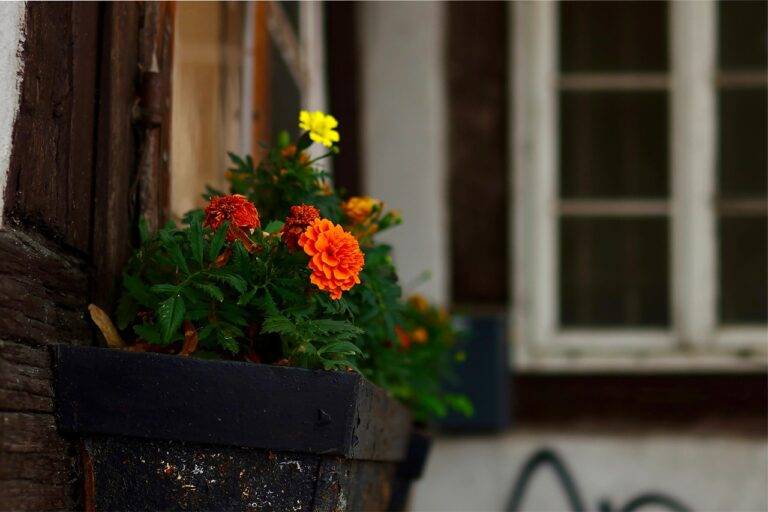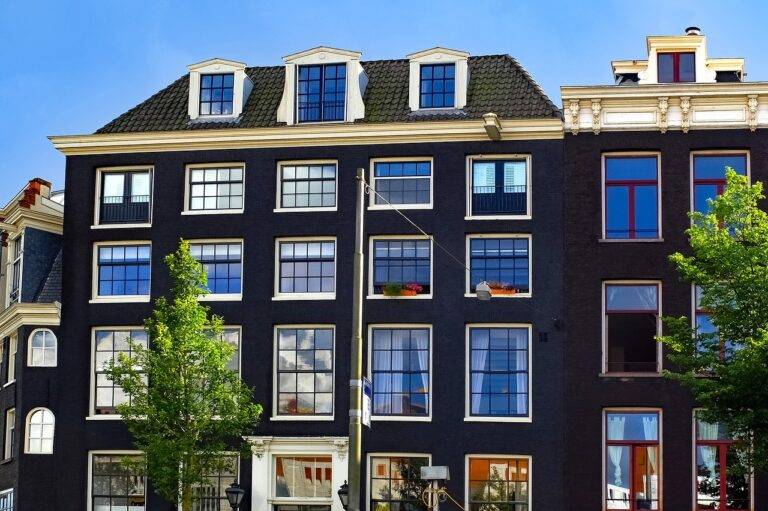Building a DIY Outdoor Kitchen: Tips and Ideas for Your Space
When designing the layout of your outdoor kitchen, it is crucial to consider the workflow and functionality. Start by grouping together the essential elements such as the grill, sink, and preparation area. Placing these items in close proximity will make your cooking experience more convenient and efficient.
Additionally, think about the seating and dining areas when planning your layout. Create a harmonious flow between the cooking space and where your guests will gather to eat. By strategically positioning these areas, you can ensure that both the cook and guests can interact comfortably during gatherings.
Choosing the Right Location for Your Outdoor Kitchen
When deciding on the location for your outdoor kitchen, it is essential to consider both functionality and aesthetics. One key factor to keep in mind is the proximity to your indoor kitchen. Placing your outdoor kitchen adjacent to your indoor one can make food prep and cooking more convenient.
Furthermore, consider the prevailing wind direction in your area when choosing the location for your outdoor kitchen. You want to ensure that smoke and cooking odors will not be blown towards your house or seating areas. Selecting a spot that is sheltered from strong winds can enhance the overall comfort and enjoyment of your outdoor cooking experience.
• Placing your outdoor kitchen adjacent to your indoor one can make food prep and cooking more convenient.
• Consider the prevailing wind direction in your area when choosing the location for your outdoor kitchen.
• Select a spot that is sheltered from strong winds to enhance comfort during outdoor cooking.
Selecting the Best Materials for Your Outdoor Kitchen
When it comes to choosing the materials for your outdoor kitchen, durability and resistance to weather elements should be your top priorities. Opt for materials such as stainless steel, which is known for its ability to withstand outdoor conditions and is easy to maintain. Not only does stainless steel offer a sleek and modern look to your outdoor kitchen, but it is also resistant to rust and corrosion, making it a practical choice for outdoor use.
Another popular material for outdoor kitchens is stone, which adds a natural and rustic feel to your outdoor space. Whether you choose granite, marble, or quartzite, stone provides a sturdy and heat-resistant surface for your countertops and cooking area. Additionally, stone is versatile in design, allowing you to create a unique and personalized outdoor kitchen that complements your backyard aesthetic.
What are some popular materials for outdoor kitchen countertops?
Some popular materials for outdoor kitchen countertops include granite, stainless steel, concrete, and tile.
How do I choose the best materials for my outdoor kitchen cabinets?
When selecting materials for outdoor kitchen cabinets, consider weather resistance, durability, and aesthetics. Stainless steel, marine-grade polymer, and teak are all good options.
Are there any materials I should avoid using in an outdoor kitchen?
It’s best to avoid materials that are not weather-resistant or prone to rusting, such as untreated wood or regular steel.
How can I protect my outdoor kitchen materials from the elements?
To protect your outdoor kitchen materials from the elements, consider using weatherproof seals, covers, and finishes. Regular maintenance and cleaning can also help extend the life of your materials.
Can I use the same materials for my outdoor kitchen as I do for my indoor kitchen?
While some materials can be used for both indoor and outdoor kitchens, it’s important to choose materials that are specifically designed for outdoor use to ensure durability and longevity.





